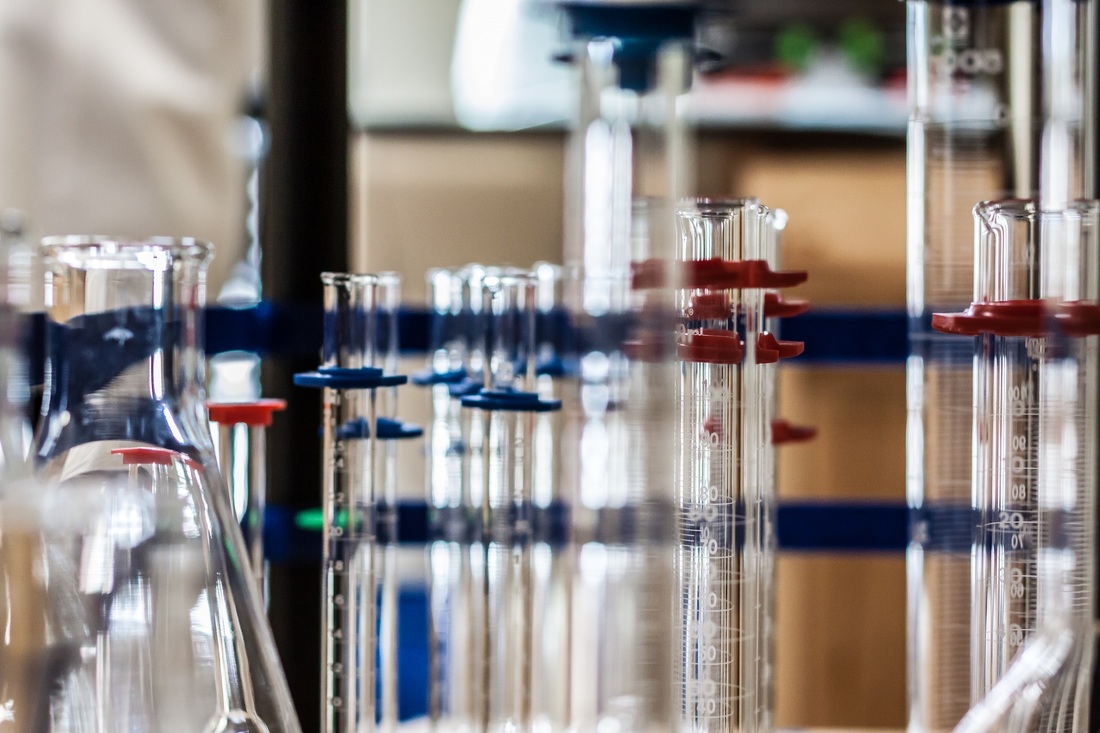The spectacular rise and crash of the Canadian cannabis stock market has been painful to watch, let alone to experience as an industry insider. The hype around the market has vanished and many investors are left disappointed. Large sustainable gains simply haven’t materialized as promised. The producers are clearly suffering. They have consistently been shedding value as they’ve been posting losses every quarter. Stock prices have plummeted along with consumer confidence. Attempts to reduce the cash bleeds through mergers, acquisitions, layoffs, restructures, fund raises, among others, have not resulted in any significant recovery. In short, the current model of a cannabis industry has failed.

How could it have been different? What should the industry have done differently? What makes the difference between failure and success? A recent article published in Nature (Volume 575) by Yin et al. titled “Quantifying the Dynamics of Failure Across Science, Startups and Security” analyzes the underlying principles of success. The article studies success rates of many groups after numerous attempts across three domains. One of the domains being analyzed are startup companies and their success in raising funds through many attempts at investment acquisition. The authors point out that the most important factor that determines success is not relentless trying but is actually learning after each attempt. Learning allows successful groups to accelerate their failures, making minute adjustments to their strategy with every attempt. Learning behavior is also seen early in the journey. This means that groups will show higher chances of success early on, if they learn from their mistakes.
If you want to succeed, you need to analyze the current state, test the future state, evaluate performance difference and implement the improved state.
This also needs to happen in the cannabis industry. Producers have been utilizing inefficient legacy systems for production. They have shackled themselves to these inefficient methods by becoming GMP-certified too early. Such certifications prevent them from experimenting with different designs that would enhance their process efficiency and product development. This inflexibility prevents them from improving. This means they are setting themselves up for ultimate failure. GMP is not generally wrong, as it ensures product safety and consistency. Although, at this early stage in the cannabis industry, we just don’t yet have the right processes to enshrine.
How can cannabis producers implement the above-mentioned research findings and learn from their current situation? In an ever-changing business environment, it is companies that are nimble, innovative and fast enough to continually refine themselves that end up succeeding. This agility allows them to match their products with the needs of their consumers and market dynamics. booking.com, a travel metasearch engine, is the prime example of this ethos because they carry out thousands of experiments per year. They have embraced failure through rapid experimentation of different offerings to gauge user feedback. Experimentation has allowed booking.com to learn faster than the competition and build a stronger business.

At CBDV, we put the need for iterative experimentation, failure and improvements to achieve breakthroughs at the core of our company. We pursue data to guide our decisions, not letting fear of momentary failure detract us from ultimate success. We continuously explore multiple facets of complex problems to come up with creative solutions.
A good example of how failure and rapid innovation guided us to success is our work on decarboxylation. We were confronted by the problem that the decarboxylation step of cannabis oil was inconsistent and unpredictable. Trying different reaction conditions did not yield a clear picture. We realized that the most important obstacle for improvements was the slow analysis by the HPLC. Therefore, we turned our attention to developing a fast analysis platform for decarboxylation. We found this in a desktop mid-IR instrument. With this instrument and our algorithm, we now could instantaneously track decarboxylation. We now hit another roadblock, a significant rate difference in decarboxylation between THCA and CBDA. We needed to understand the theoretical foundation of this effect to effectively optimize this reaction. So, we moved to tackle the problem from a different angle and employed computational chemistry to identify the origin of the rate difference. Understanding the steric effect on rate helped us focus on rapid, iterative experimentation. Now, with everything in place, we can control the decarboxylation at unrivaled speeds and to the highest precision.
If producers want to regain the trust of the market, they must embrace their failures and begin to learn. They should decrease their reliance on inefficient legacy production methods and experiment with new ones to find what is right for them. Experimentation brings new ways of production, innovative products and happier customers, which will result in higher profits. Producers should strive to implement experimentation into their corporate cultures. This can be done in collaboration with research companies like CBDV or through development of inhouse ‘centers of excellence.’



